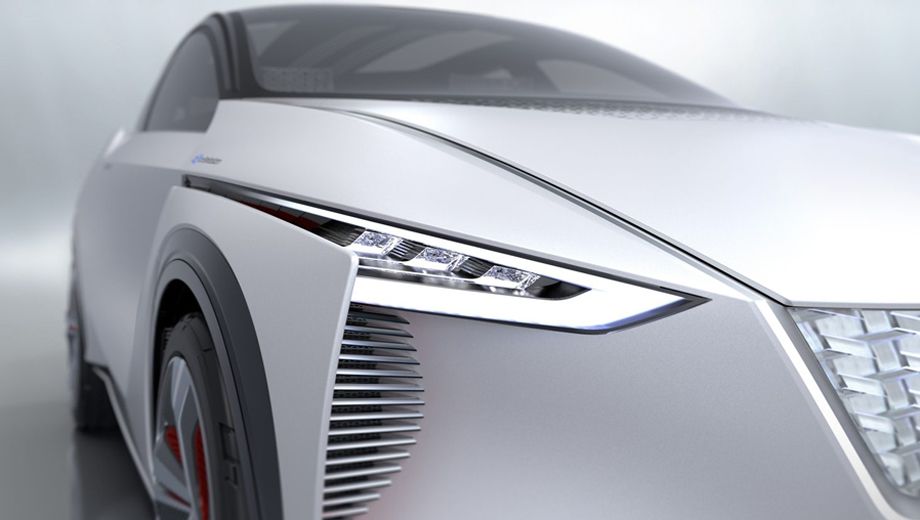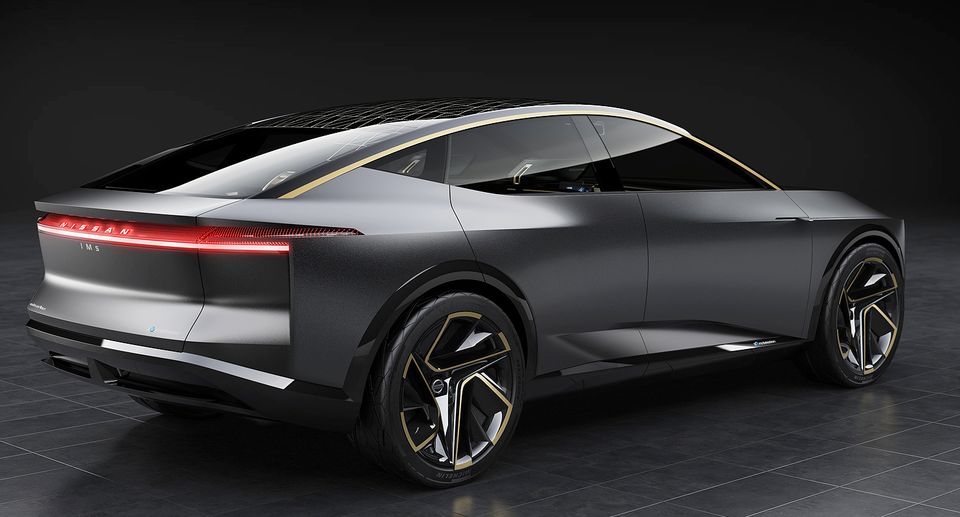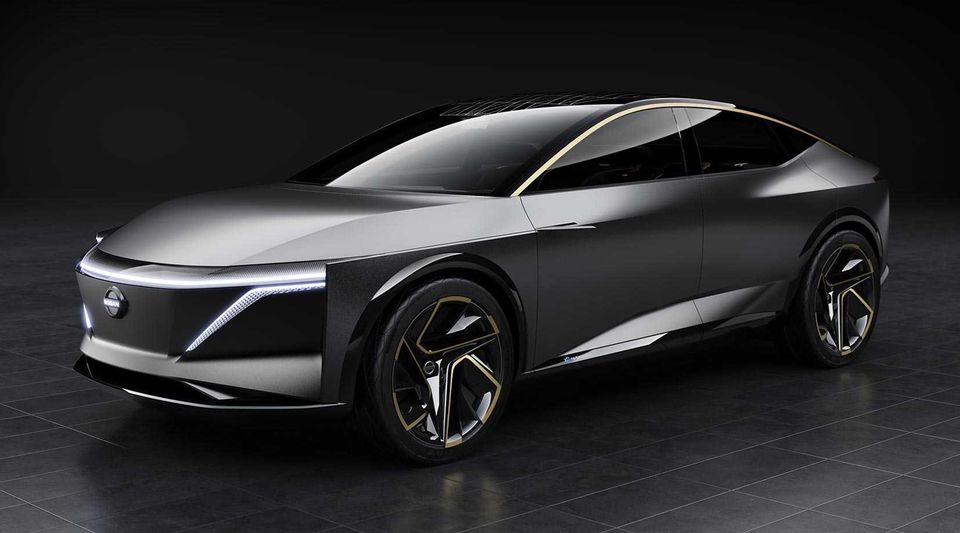The human factor: why autonomous cars must keep drivers in the loop

Technology from NASA's Mars rovers is helping to drive the world towards autonomous motoring, but one of the world's leading authorities in the self-driving field– himself a former NASA scientist – says that humans shouldn't be removed from the equation.
In fact, the ideal solution could be a three-way system "with intelligence on the vehicle, intelligence in the Cloud, and human intelligence working together," suggests Dr Maarten Sierhuis, who spent a dozen years working on 'man-machine' intelligence at NASA and is now Director of the Nissan Research Center in Silicon Valley.
And if the acid test is making a critical life-or-death decision when faced with a potential crash, we believe we can get a crowd-sourced answer in 20 milliseconds,” Sierhuis replies.
“An autonomous system can act and react much faster than a human. If you think about it, a human is an autonomous machine,” Sierhuis tells Australian Business Traveller during a major technology conference in Hong Kong.
“Consistency and reaction times are where a machine is better. A machine is always on. The advantage of an autonomous system is that it can see 360 degrees.”
Even so, and even as artificial intelligent allows cars to learn on the job, the straight-talking Dutchman holds that there are many questions to be answered.

“Every society, every culture, needs to decide what tasks are good for humans to do and what tasks are good for machines to do. You will be asking these questions for a long time in the next 20 years."
"In every part of human activity. We as a society, and human beings, should always ask these questions.”
Sierhuis believes that the march of autonomous cars will begin with robo-taxis and robo-delivery vehicles, but will not put a time-frame on their widespread introduction in showrooms.
Instead, he is concentrating on the work needed to have robo-vehicles operating inside ‘geo-fence’ locations and a system which would use a ‘Human in the Loop’ concept to ensure there is always a person providing oversight for an autonomous vehicle.
Robocars, yes – but don't forget the 'wetware'
“I believe it’s the robo-services that will allow us to show how these systems operate, get people trusting these systems, and understanding the cost. How long that takes? It really depends on how these systems will be deployed in the next 10 years. We’re definitely not giving people a timeframe. That’s impossible."
“It’s about processing power and sensors. Maps too. And cost. As a consumer vehicle, it’s going to be a while.”
His ‘Human in the Loop’ idea is different from most other autonomous developers, yet he says it is essential.
"Show me an autonomous system without a human in the loop and I’ll show you a useless system. I’m convinced that is not just for autonomous vehicles, but any autonomous system,” he says.
Sierhuis' efforts are reflected in everything from Nissan's Leaf test cars in America to the IMS and IDS concept vehicles which have starred at recent motor shows.
He already has Nissan test vehicles on the road in the USA and Japan and believes the cost and complication of autonomous technology - from radar and lidar sensors to cameras and even ultra-fast computers and super-detailed road mapping - will eventually come down to affordable levels.
“We are still talking about research. We have not defined a real road map with times and plans when we will bring it out. It doesn’t exist today. There is no company that says it will provide a robo-taxi services … and have at it, without drivers in the car.”

Sierhuis says developing autonomous cars is so tough because there are so many variables.
“In San Francisco it’s the pedestrians that rule. In Amsterdam it is the bicycles that rule. In the beginning, people said I was crazy. Then you show them examples like ‘How are you going to cope with this?’, ‘Are you going to allow it to break road rules?”
But he says the genie is already out of the bottle and his decision to switch from NASA to Nissan is paying off, for himself and drivers of the future.
“I was working on how humans and robots would work together on Mars. But we were not going to Mars anytime soon, so why not do something in the real world? Technology is not the problem. It is always something else. Like regulation."
“I’m ready for a one-hour commute when I don’t have to drive. It’s the freedom to go wherever you want, whenever you want, without having to drive.”
Paul Gover visited Tokyo as a guest of Nissan.


Virgin Australia - Velocity Rewards
13 Jan 2015
Total posts 580
autonomous cards? lol
Hi Guest, join in the discussion on The human factor: why autonomous cars must keep drivers in the loop